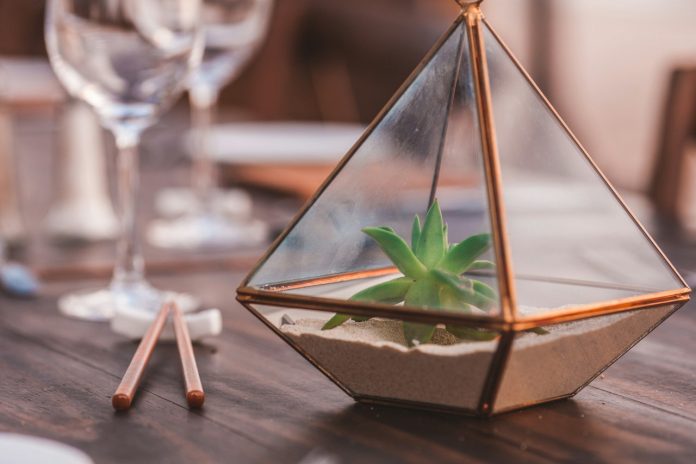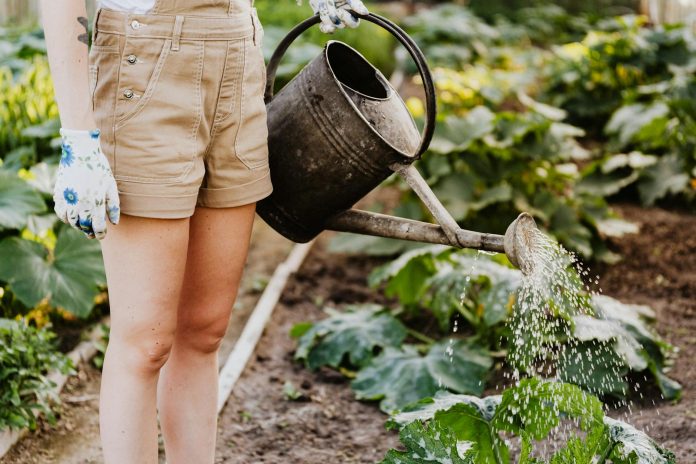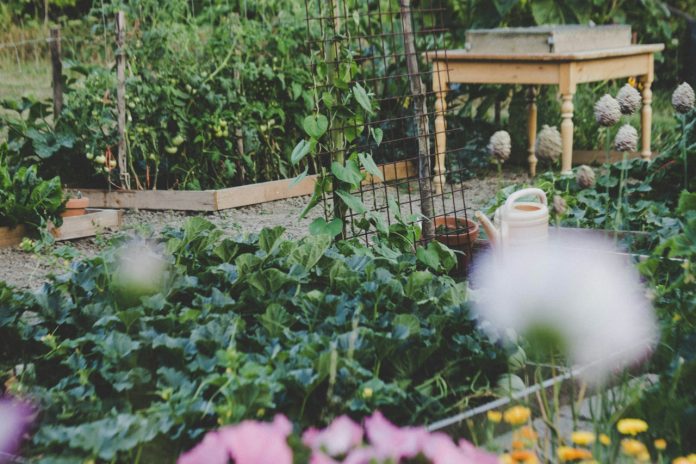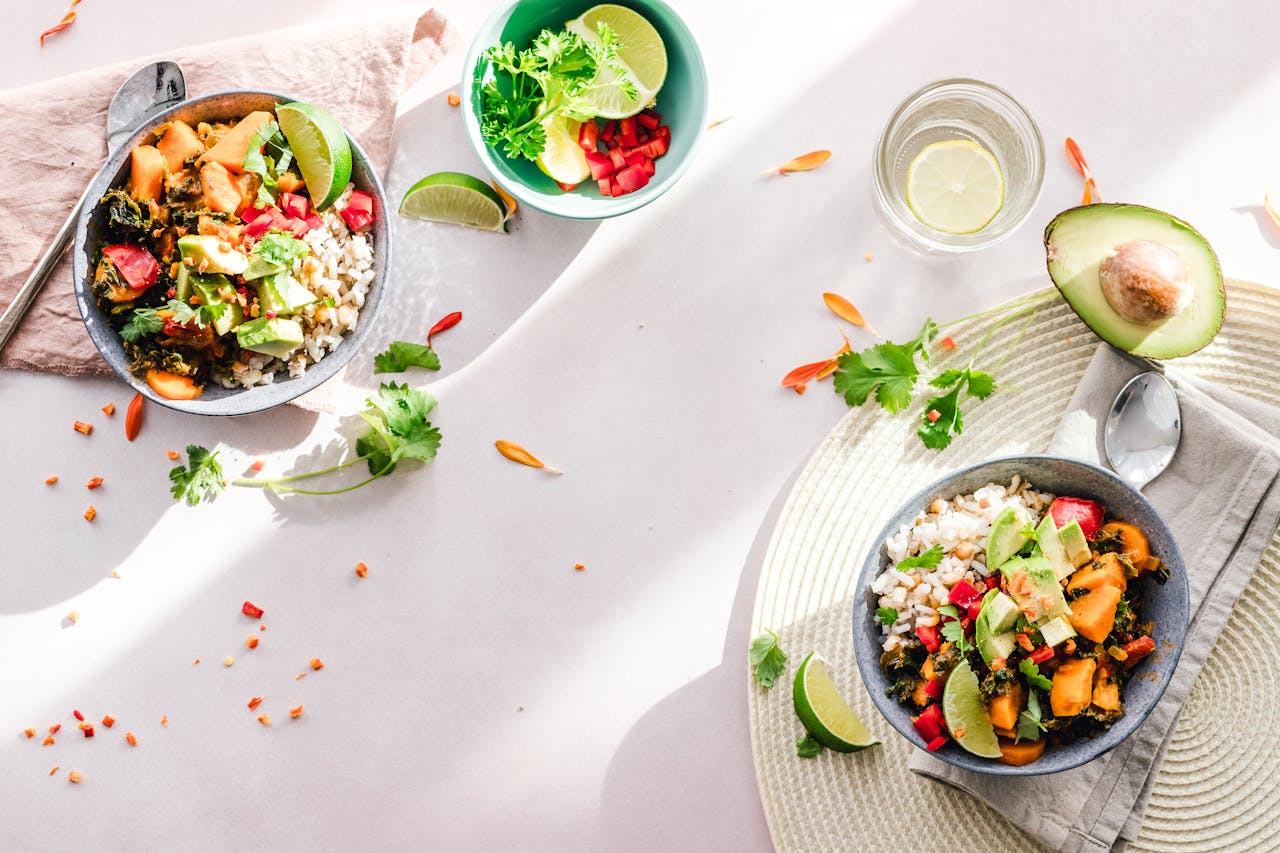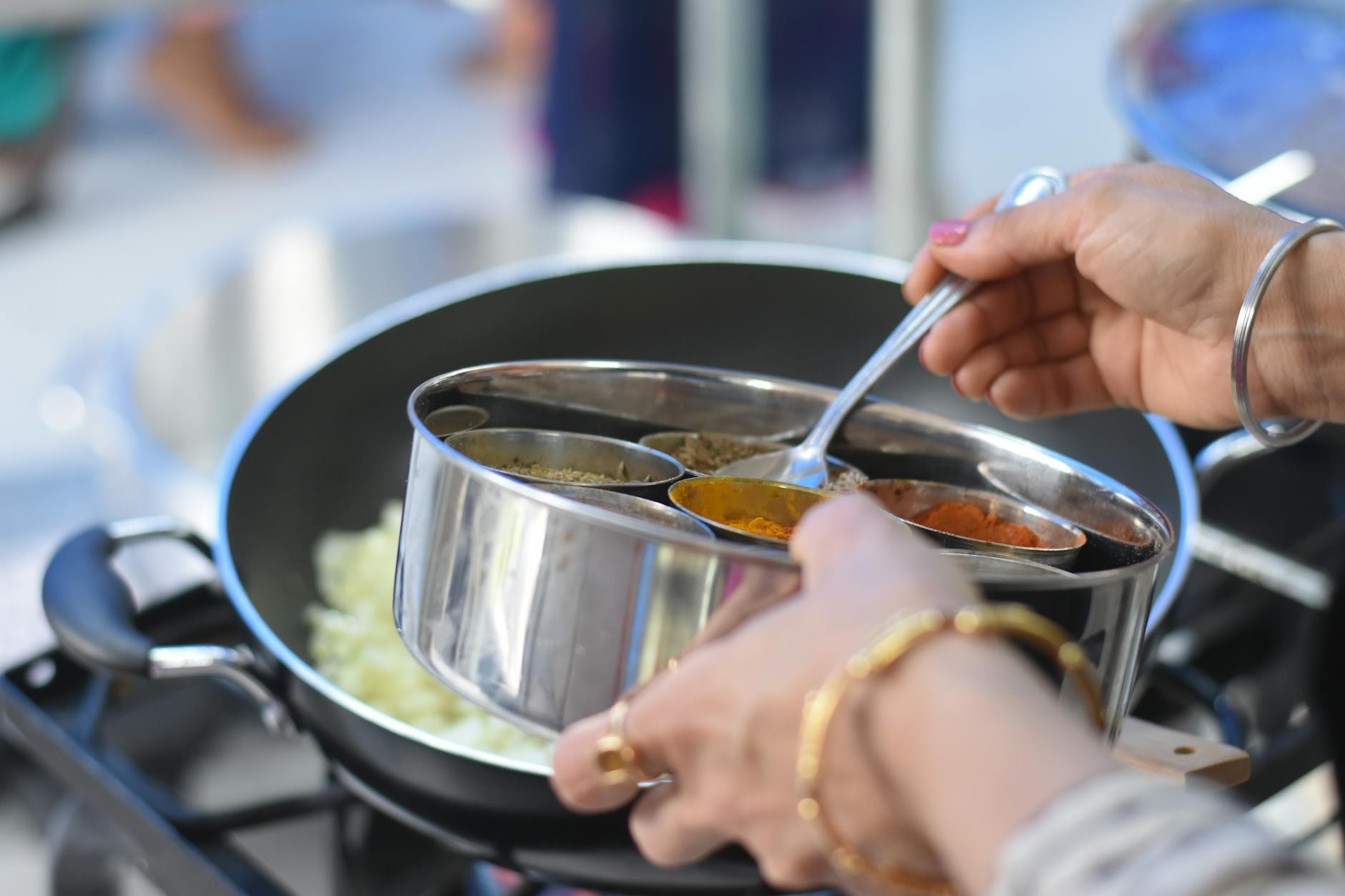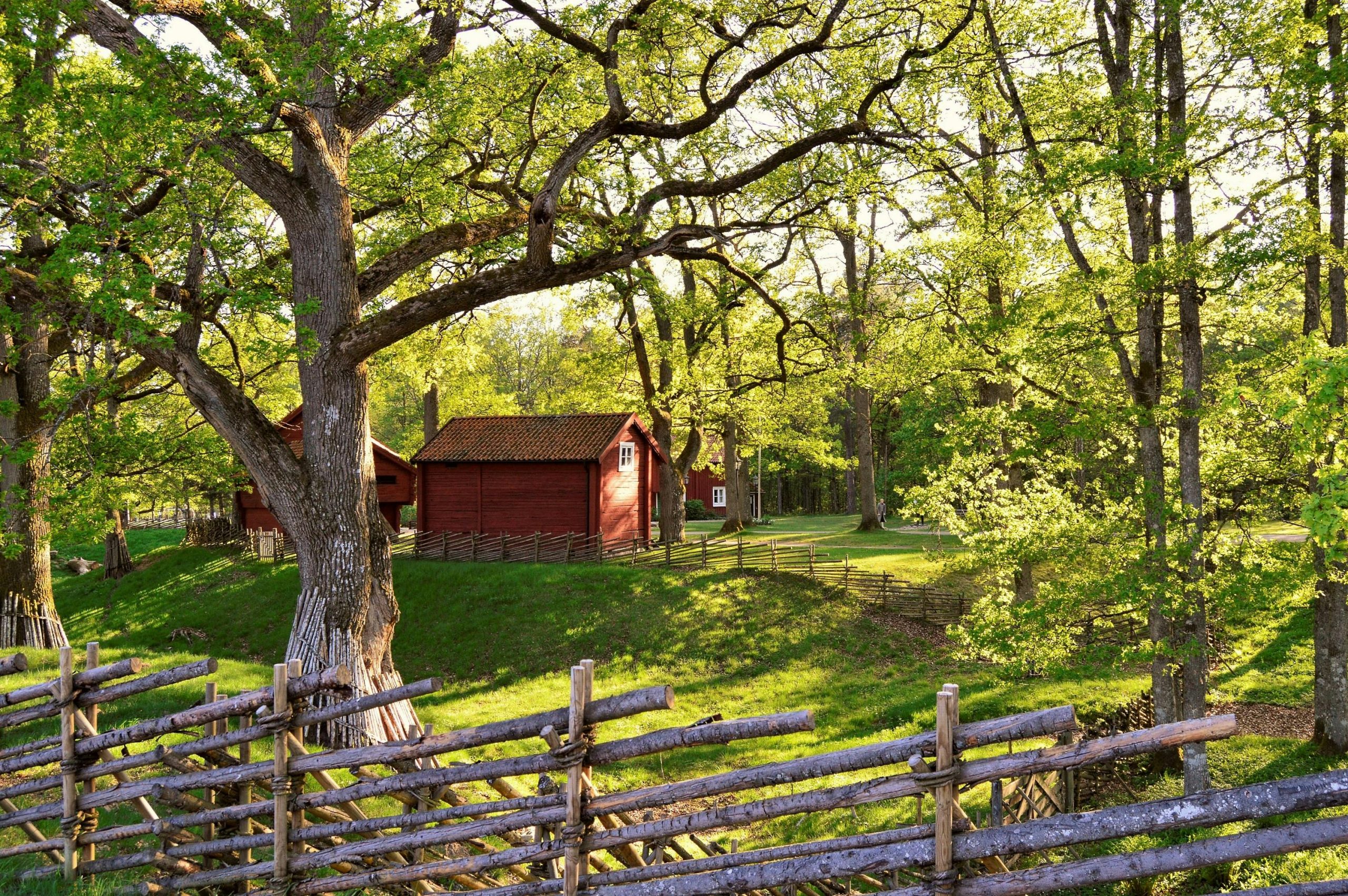If you’re interested in starting a garden but don’t have a lot of space, container gardening is a great solution. Container gardens are easy to set up and can be placed just about anywhere – on a patio, balcony, or even indoors.
In this guide, we’ll show you everything you need to start container gardening, including what kind of containers to use, what plants grow well in containers, and how to care for your plants.
What is container gardening?
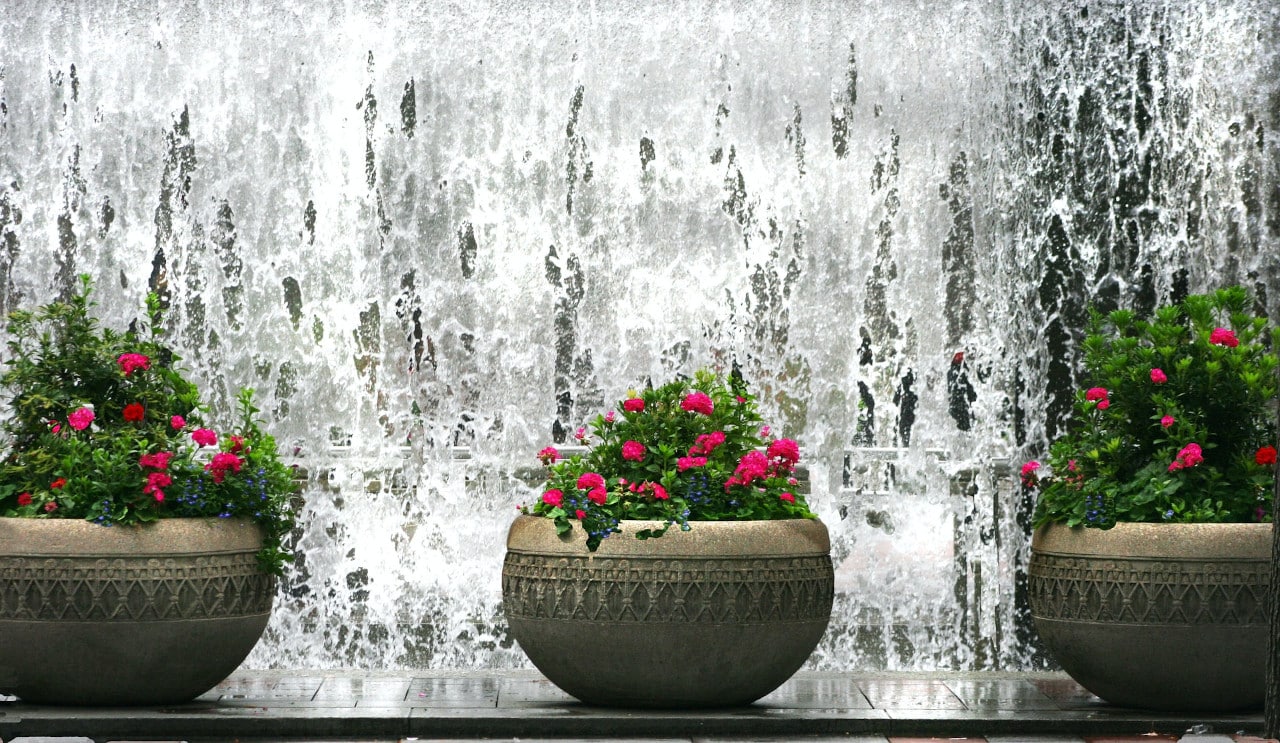
Container gardening is a type of gardening that uses containers instead of traditional planting in the ground. You can use this gardening method in small spaces or areas where it is impossible to plant directly in the ground.
Container gardens are also popular for people who frequently move, as they can be easily transported. You can use many different containers for container gardening, including pots, planters, barrels, and buckets.
The type of container you choose depends on the size and type of plant you grow and your personal preferences.
In general, choose a slightly larger container than the root ball of the plant, as this gives the roots room to grow. Container gardening can be an enjoyable and rewarding way to grow plants with a bit of creativity.
Benefits of container gardening
Container gardening is a great way to exercise your green thumb, even if you don’t have a lot of space. Here are some of the key benefits:
- You can grow almost anything in a container, from flowers and herbs to fruits and vegetables.
- Container gardening is very versatile – you can use any type of container, from traditional pots to repurposed items like old barrels or wheelbarrows.
- It’s easy to control the environment in a container garden, which means you can create the perfect conditions for your plants to thrive. For example, you can choose a potting mix that drains well or use a self-watering system to prevent your plants from drying out.
- Container gardens are also portable, so you can move them around to make the most of your outdoor space. And if you’re moving house, you can take your container garden with you!
What kind of containers can be used for container gardening?

Container gardening is a great way to add a splash of color to your porch or patio. It’s also a fun and rewarding hobby. But before you can start planting, you need to choose the right type of container. Here are some things to consider:
- Size: Large containers can accommodate more plants, but they can be heavy and difficult to move. Smaller containers are more manageable, but you’ll need more of them to create the same effect.
- Material: Containers can be made from various materials, including plastic, metal, resin, and ceramic. Each has its own benefits and drawbacks. For example, plastic is lightweight and inexpensive, but it doesn’t retain heat well, so your plants may need more water in hot weather.
- Drainage: Most plants need good drainage to thrive, so make sure your container has one or more holes in the bottom. Otherwise, your plants could suffer from root rot.
- Style: There’s no shortage of choices when it comes to style. You can find containers in just about any shape, color, or design imaginable. It’s up to you to decide what looks best in your space.
Rules of a green thumb
With so many options available, what should you go for?
Work with what you’ve got. Sometimes we complicate getting started, waiting for the right environment, or buying the “right” containers and tools. Start with what you have now or can easily acquire.
A few rules of thumb to remember:
- Terra cotta pots are a classic choice, but they can be heavy and breakable.
- Plastic pots are lightweight and inexpensive, but they can crack in extreme temperatures.
- Ceramic pots are elegant and durable, but they can be expensive.
- Self-watering pots are great for those who want to reduce their watering duties, but they can be more expensive than other options.
Ultimately, the best type of pot for container gardening depends on the gardener’s budget, needs, and preferences.
What plants grow well in containers?
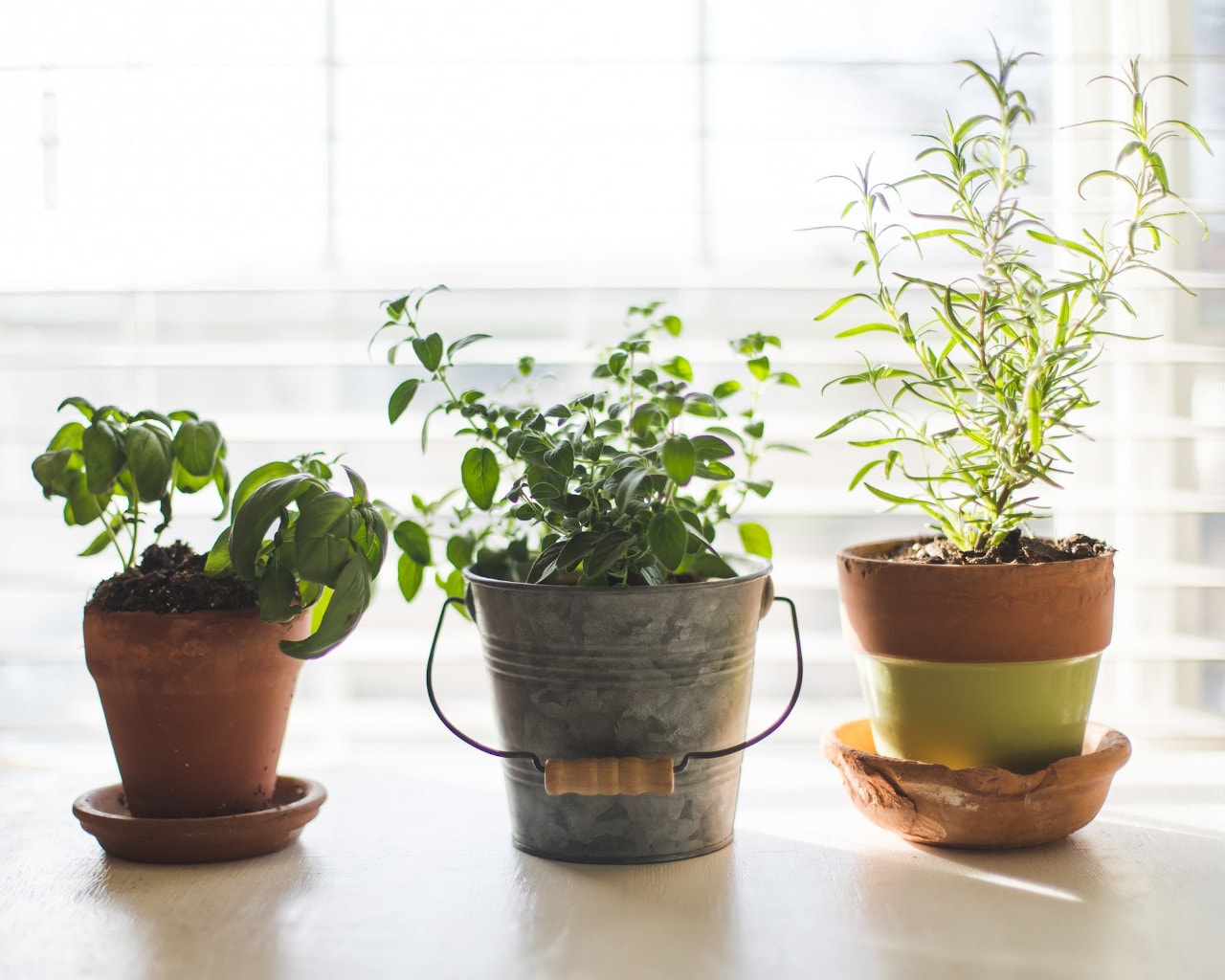
Almost everything can grow in a container, including fruit trees. But, not all plants do well in containers. Here are some expert tips for choosing the right plants for your container garden.
First, consider the size of your container. Make sure that it is large enough to accommodate the root system of your chosen plant. Smaller containers must be watered more often, as the roots will dry out quickly.
You should also avoid placing too many plants in one container, as this can crowd the roots and prevent the plants from getting the nutrients they need.
Next, think about the light conditions in your home. Different plants need different amounts of light, so it’s critical to choose a plant that will thrive where you plan to place your container.
If you’re not sure how much light your chosen spot gets, ask a nursery employee for help. They can recommend a plant that will do well in your particular situation.
Finally, consider the climate conditions where you live. Choose a heat-tolerant plant for your container garden if you live in a hot climate. Conversely, if you live in a cold climate, choose a plant that can withstand occasional frost.
Annuals are one of the most popular choices for container gardens, as they provide a burst of color that can be easily replaced each year. Many types of herbs also do well in containers, and they provide both flavor and aromatherapy benefits.
Some salad greens can also be grown in containers, making it easy to enjoy fresh produce right from your own backyard. In general, plants that have shallow root systems are the best candidates for container gardening.
How to care for your plants in a container garden

Container gardens require a little bit of extra care to keep your plants healthy. Here are some expert tips on caring for your plants in a container garden.
- Make sure that you choose the right size container for your plants. If the pot is too small, your plant will become root-bound and won’t take up enough water. If the pot is too large, the roots will have difficulty getting the nutrients they need from the soil.
- Pay attention to the drainage. Most plants prefer evenly moist soil, but too much water can cause problems with root rot. Add holes to the bottom of your pots to drain out excess water. You may also consider adding a layer of gravel to help with drainage.
- Fertilize regularly. Container gardens can deplete nutrients more quickly than in-ground gardens, so it’s vital to fertilize every few weeks. Choose an organic fertilizer specifically designed for container gardens.
- Use a good-quality potting mix. This provides the plants with nutrients and helps to retain moisture.
- Water your plants regularly and deeply. Container gardens tend to dry out quickly, so watching the soil moisture levels is essential. Allow the top inch or so of soil to dry out before watering again.
- Finally, give your plants some protection from extreme temperatures. If it gets too hot, move them into the shade or put them in a spot where they’ll be protected from the wind. In cold weather, bring them indoors or place them in a sheltered spot.
By following these simple tips, you can keep your container garden healthy and beautiful all year long!
Common problems with container gardening and how to avoid them

Container gardens are a great way to add color and life to any space, but they can also be finicky. Here are some common problems that can occur with container gardens and how to avoid them:
One of the most common problems is that plants can become rootbound, meaning their roots have become too tightly packed. This happens if the container is too small or if the plant has outgrown its pot.
Rootbound plants are more susceptible to stress and damage, so it’s crucial to repot them into a larger container as soon as possible.
Another common problem is that containers tend to dry out quickly, especially in hot weather. This causes the leaves to wilt and the flowers to drop off. To avoid this, water your container garden regularly, and consider adding a layer of mulch to help retain moisture.
Finally, many pests and diseases love to target container gardens. To avoid an infestation, choose pest-resistant plants for your garden and regularly check for signs of pests or disease.
Grow, baby, grow!
Container gardening is a great way to get started with gardening. It’s easy, doesn’t require a lot of space, and can be done just about anywhere.
In this guide, we’ve covered everything you need to know about container gardening, including what kind of containers to use, what plants grow well in containers, and how to care for your plants. By following these tips, you’ll be well on your way to a thriving container garden!

